Australian TV network recommends five must-try Vietnamese dishes
Banh khot, Vietnamese mini savory pancakes
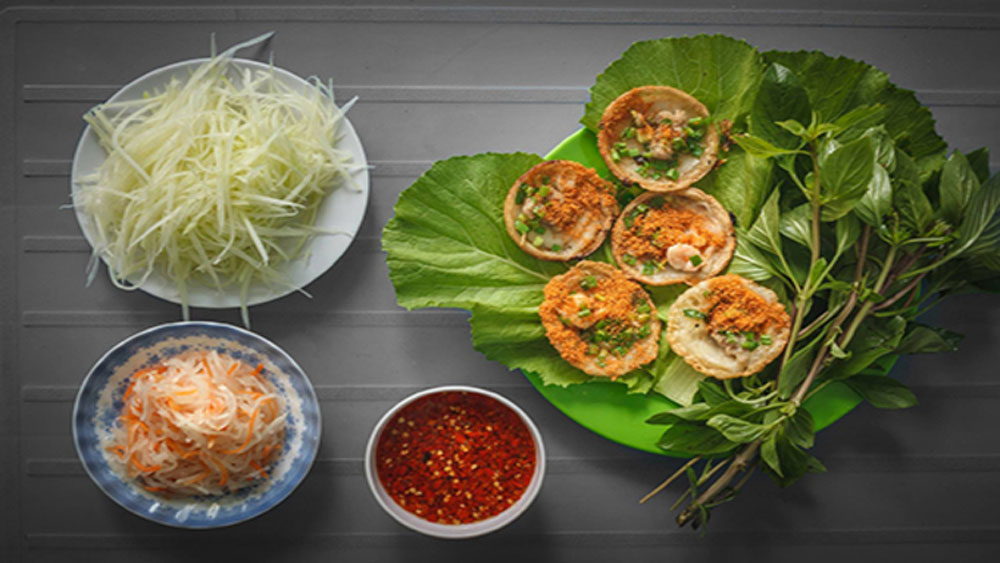
|
Banh khot is the closest relative to banh xeo, with many restaurants in southern Vietnam serving them as a pair. Unlike banh xeo, which is fried on a large pan, banh khot is cooked in small round molds, including ingredients like pork, mung beans, shallots and coconut milk. Its rim should be slightly burnt to add flavor to this tasty treat. Like banh xeo, the cake is eaten rolled in fresh leaves and dunked in fish sauce.
The southern dish comes in two versions. Mekong Delta’s banh khot is softer, thicker and usually more yellow due to the addition of turmeric. The flatter and crunchier Vung Tau banh khot is white, with shrimps and shrimp powder added on top.
Bo la lot, fragrant grilled beef rolled in lolot leaf
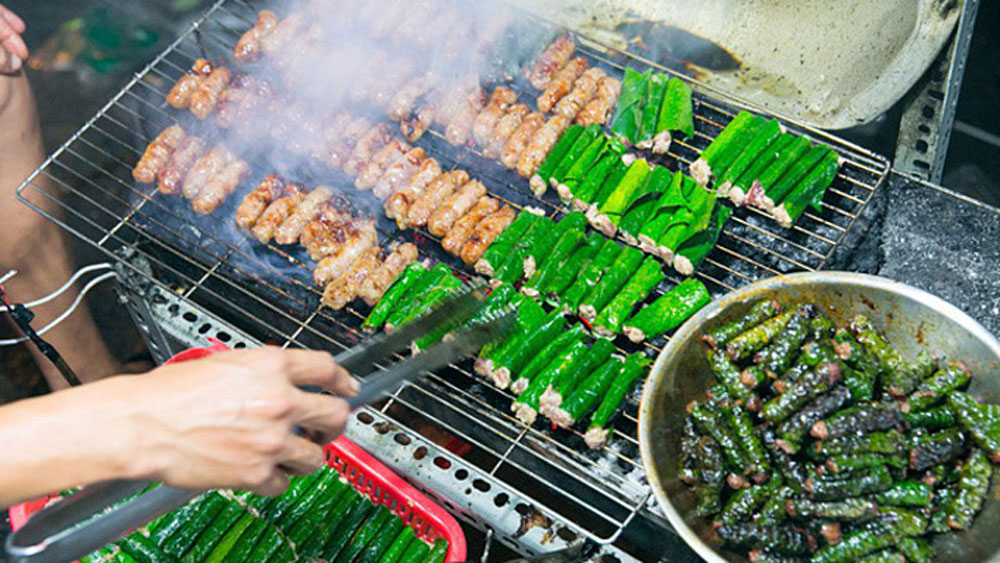
|
Bo la lot, grilled beef in lolot pepper leaves, has emerged as a popular street snack in Vietnam thanks to its fragrance. La lot has a somewhat spicy pepper taste. After grilled, preferably on charcoal, its magic herb-like fragrance is released.
Ingredients include minced beef mixed with garlic and some spices, mixed well, stuffed into lolot leaves and rolled up like cigars. Piper lolot leaves are often used to wrap meat across Vietnam and Laos.
The dish originated in southern Vietnam, though its popularity has reached both northern and central regions. It is commonly served with rice vermicelli or steamed rolls made of rice-flour, rice paper, a lot of fresh herbs and veggies,
In Saigon, Lieng’s shop on Vo Van Street in District 3 and Hoang Yen’s on Co Giang Street in District 1 are not-to-be-missed addresses.
Bun thit nuong, grilled pork with rice vermicelli
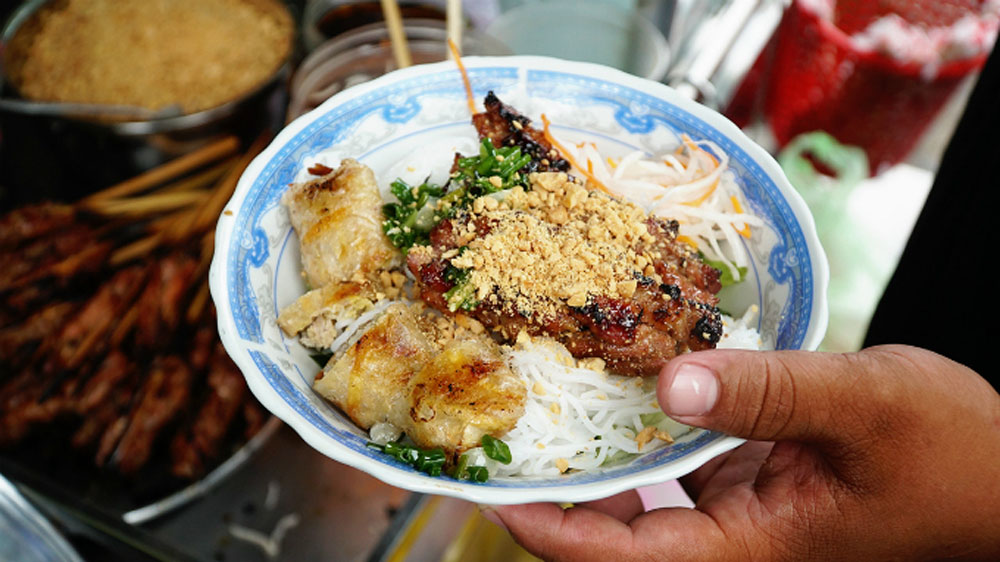
|
This dish includes a mixture of rice noodles, grilled pork, fried spring rolls and fresh vegetables, topped with bean sprouts, diced cucumber, pickled radish, and chopped lettuce.
Bun thit nuong is one variation on Vietnam’s traditional rice noodle. In Ho Chi Minh City, the country’s largest metropolis, the dish is very popular with local gourmets who frequent street vendors, small shops and big restaurants.
Sweet fish sauce, a combination of fish sauce, garlic, sugar, lime, chilies and sometimes a little pepper to enhance its taste.
While in Saigon, don’t forget to visit Tuyen’s shop on Co Giang Street in District 1, first starting out as a street stall. This eatery is frequented by foreign and local tourists. What sets it apart from other establishments is its use of stir-fried beef, alongside grilled pork and vermicelli noodles. The meat is served in a soft and fragrant medium state.
Cha ca, a unique fried catfish dish
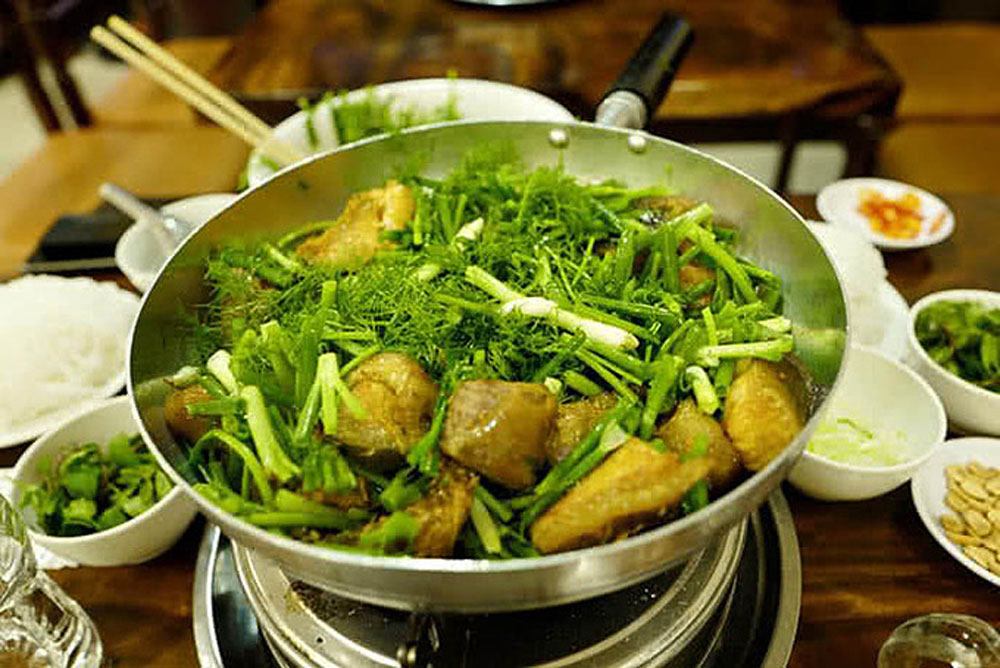
|
"If there's one strength in Vietnamese cuisine, it's its seafood; flaunted through dishes such as cha ca," SBS Australia stated, with Hanoi the ideal place to savor its true flavor, it added.
Pan-fried squares of fish tossed in dill, onion, turmeric and galangal make for a well-known, much favored dish, thanks in part to its fascinating history.
In Hanoi's Old Quarter, its streets named after the vocation or trade they once hosted, Cha Ca Street would stand out across all parts of Vietnam and probably most of the world, having achieved iconic status some time ago.
The street lies between Hang Ma and Lan Ong streets. On Cha Ca Street stands one of the oldest restaurants in Hanoi, La Vong, which has been serving only one special dish for nearly 150 years: fried catfish.
Diners sit at communal tables with a skillet set up over a burner. Turmeric-marinated fish is added to the sizzling garlic oil, with dill and shrimp paste tossed in.
Visitors’ job is to add herbs, marinated hot chilies, peanuts and vermicelli, all laid out on the table.
Kem chuoi, Vietnamese banana i-cream
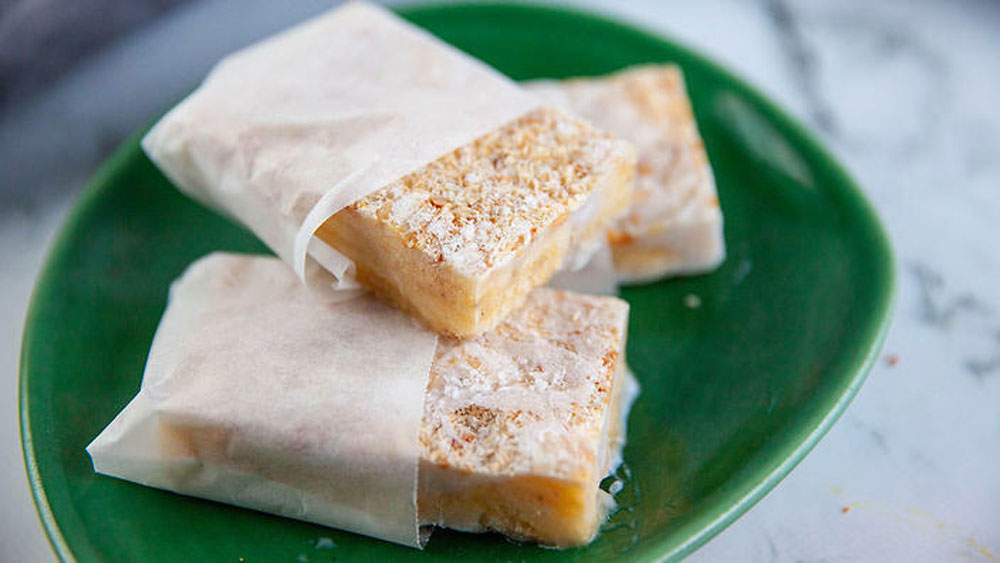
|
Kem chuoi topped with coconut flakes and fried peanuts is a nostalgic snack for most Vietnamese born in the 80s. The sweet and savory flavor of coconut milk, peanuts and banana in a freshly chilled nylon bag attracts many food-lovers, especially children and students. Previously, it was often sold from street-side stores or vendors near school gates, great for a hot summer’s day.
The ice-creams are topped with a mixture of coconut milk and tapioca flour, then gloriously sprinkled with desiccated coconut and earthy roasted peanuts.
Source: VnExpress
 Bắc giang
Bắc giang









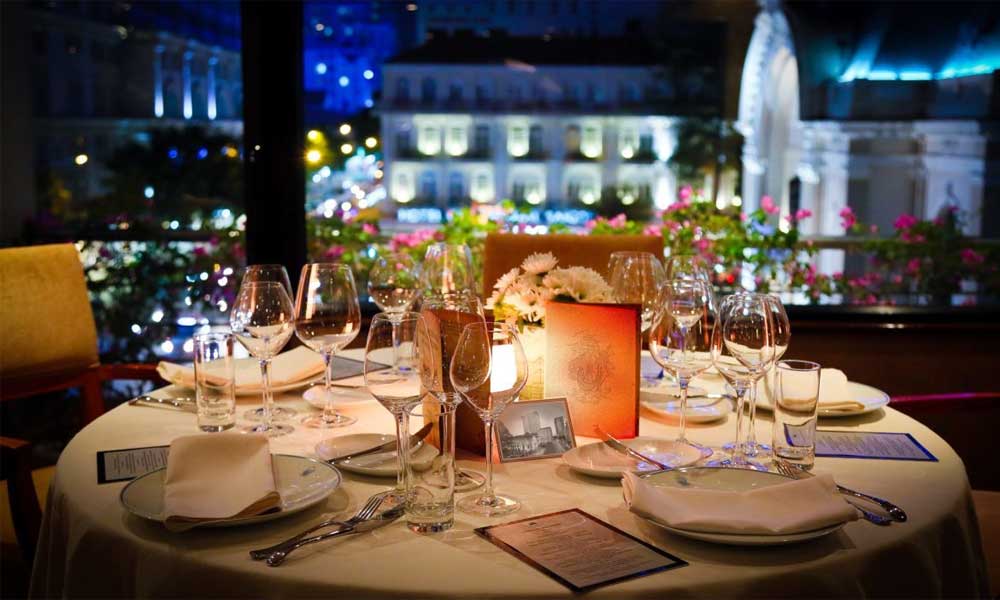






Reader's comments (0)